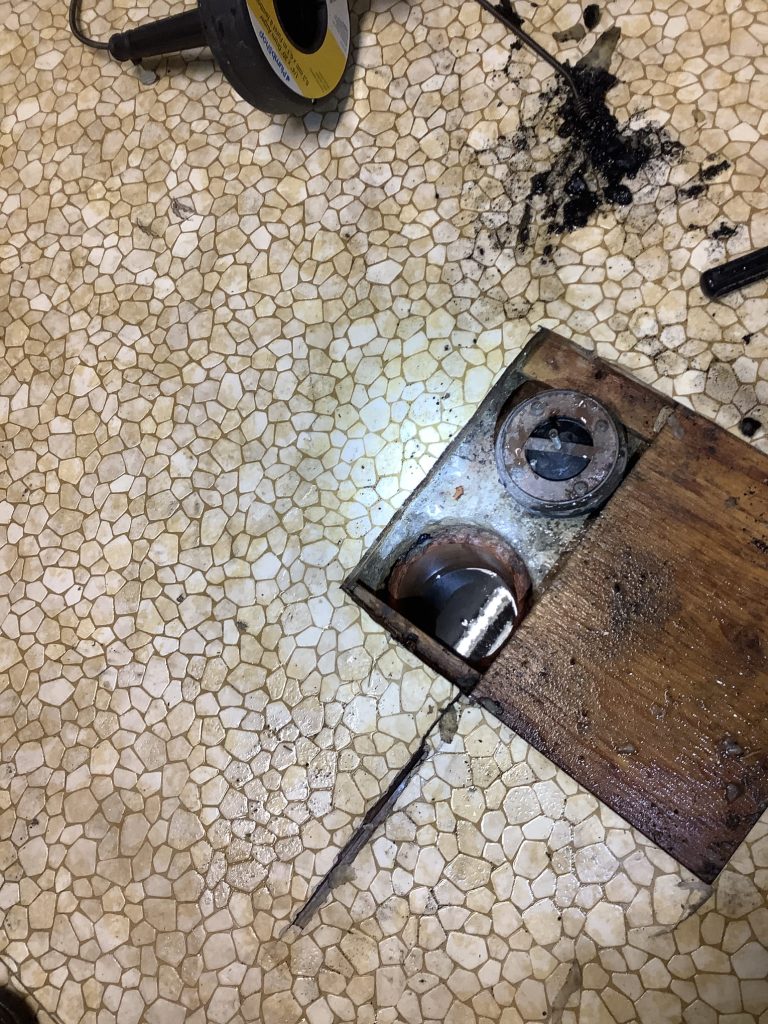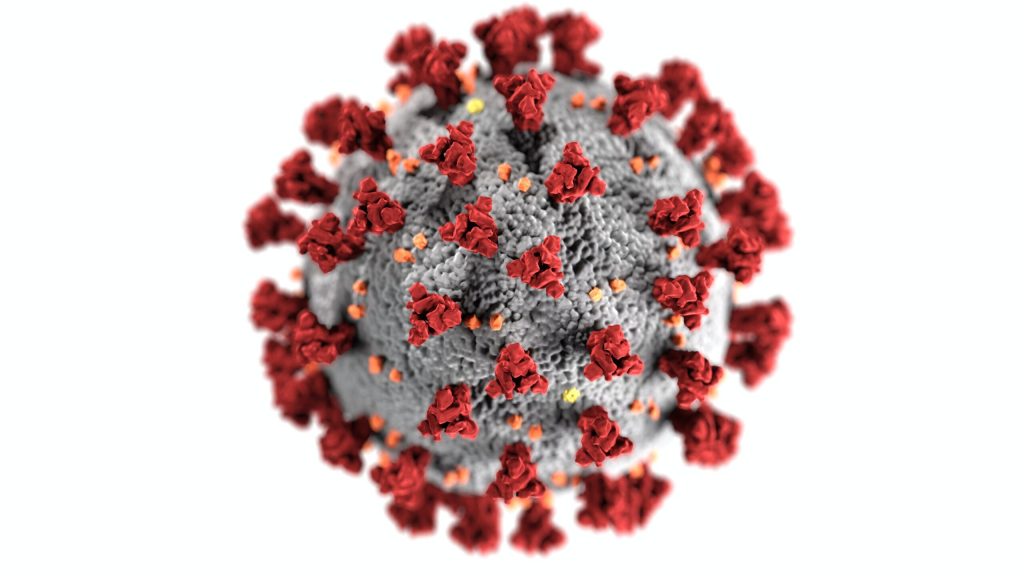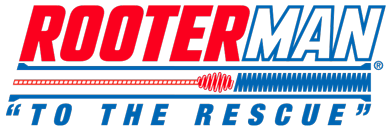When a sewage or drain blockage happens in a household or commercial environment, it is not merely a minor annoyance. The current scenario presents substantial health hazards as it has the potential to foster the proliferation and dissemination of dangerous germs. Gaining a comprehensive understanding of the nature of these microorganisms and the potential hazards they pose is of utmost importance for both homeowners and business operators
What Are Pathogenic Microorganisms?

Pathogenic microorganisms, such as bacteria, viruses, fungus, or protozoa, are hazardous creatures that can induce diseases in humans and animals. Pathogenic microbes, unlike their benign cousins, have detrimental impacts on health instead of being beneficial, and are not naturally present in the environment.
These germs can originate from diverse sources, such as human excrement, decomposing organic substances, polluted soil and water, and others. When there is a sewage backup, these disease-causing microorganisms are transported up to the surface and have the potential to pollute residential areas and water sources.
Typical Microorganisms Found in Sewage Floods:

E.Coli:
It is a prevalent bacterium that is typically present in the human intestinal tract. Certain strains have the potential to induce severe cases of foodborne illness.
Salmonella:
It is notorious for producing foodborne diseases, typically transmitted through water that has been polluted.
Hepatitis A Virus:
An extremely infectious virus that specifically targets the liver.
Legionella :
it is a type of bacteria that causes Legionnaires’ disease, which is a serious and acute form of pneumonia.
Sewer and drain backups pose a significant public health risk as they have the potential to foster the proliferation and dissemination of harmful bacteria. By comprehending these potential dangers and implementing proactive measures to prevent and handle backups, property owners can substantially diminish the health risks linked to these occurrences.





